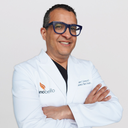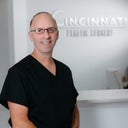I Had 2 C Sections. One in 2010 and One in 2012. With the second c section I had a small bulge on the cut self. Now it is bigger. Can it be that my muscle torn loose on the c section? I did see a doctor, doctor looked at me and told me I have a hernia. No examinations. Can it be fixed with tummy tuck
Answers (7)
From board-certified doctors and trusted medical professionals
More Tummy Tuck Questions
See all Tummy Tuck Q&AWE SEND PRETTY
EMAILS
What’s trending? Who’s turning heads? Which TikTok myths need busting? We’ve got you. No fluff, no gatekeeping—just real talk. Get our free, unfiltered newsletter.

